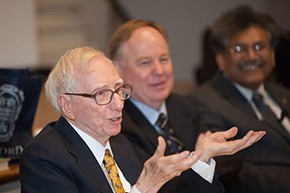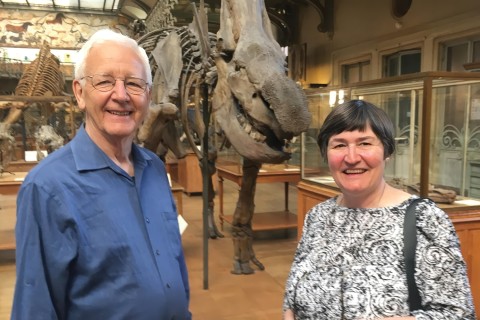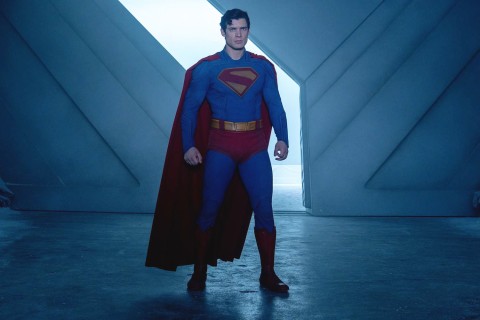The logic of the holy: Robert Bellah, 1927–2013
“Time in its aging course teaches all things,” wrote Aeschylus. No one learned more from it than Robert Bellah. In seeking to make sense of modernity in the classical tradition of sociology as a field, Bellah’s work spanned the social sciences and comparative cultural inquiry. He saw the diversity and coherence of religion as the key to culture across civilizations. Trained as a student of tribal cultures, East Asian civilization and Islam, Bellah engaged the West, and the United States in particular, as problematic cases that can be understood only in the broadest comparative perspective.
In his own life, the Christian existentialism of Paul Tillich in The Courage to Be opened up the possibility of a faith beyond belief in the unbelievable, grounded in the power of the God above the God of theism. Tillich also opened up to him the sacramental substance of the church, embodying the presence of the divine in everything finite.
Only through the sacraments, Bellah came to see, can the church enact the catholic truth that the “holy of being” must precede the “holy of what ought to be.” Without the sacramental body of the church, the revolutionary spirit of prophetic criticism has no roots to sustain itself. It risks reduction to cultural activism and moral utopianism, as Tillich warned. Neglect of the sacraments informs the modern world’s neglect of the natural as sacred, Bellah warned, allowing its exploitation to endanger not only human community but the biosphere that sustains all life.




